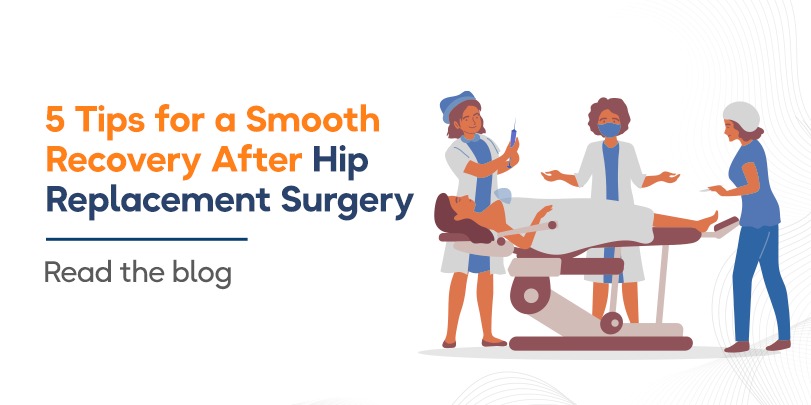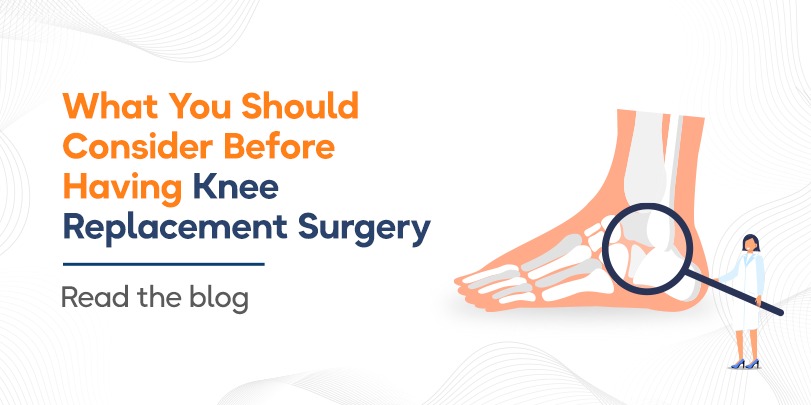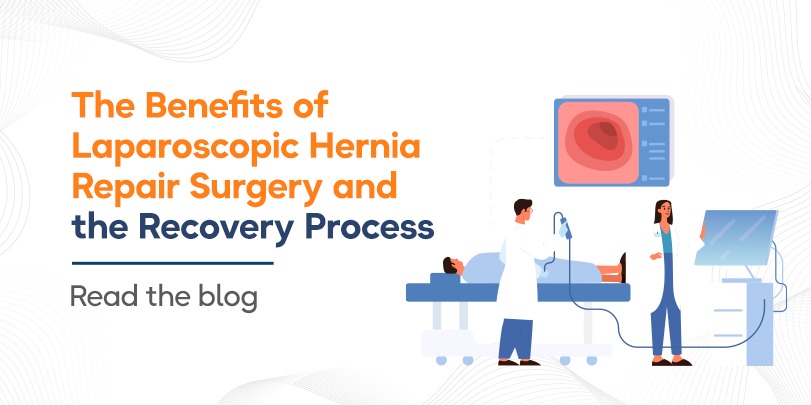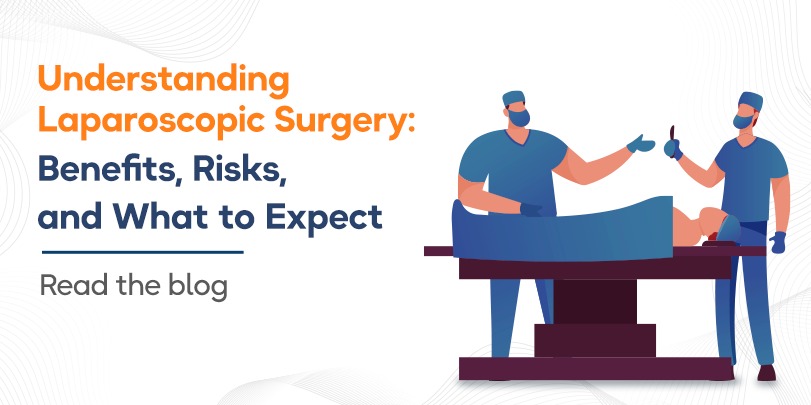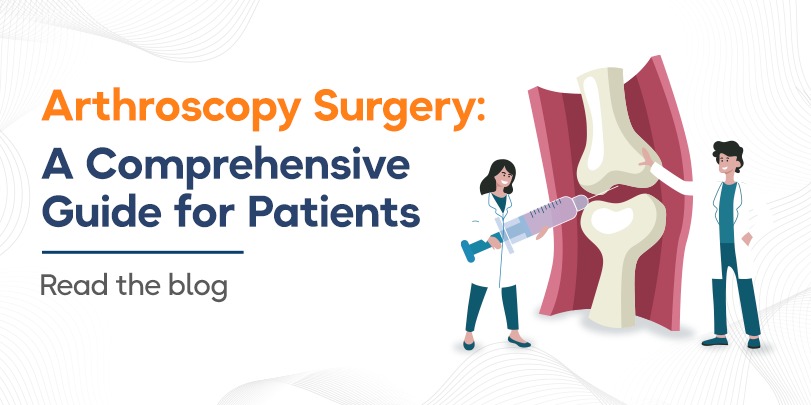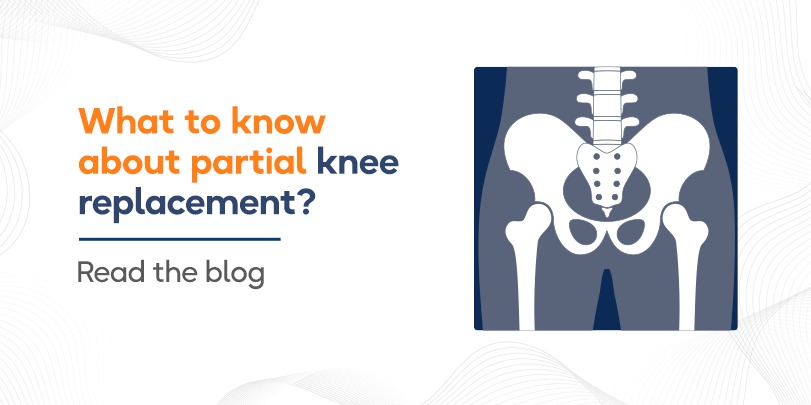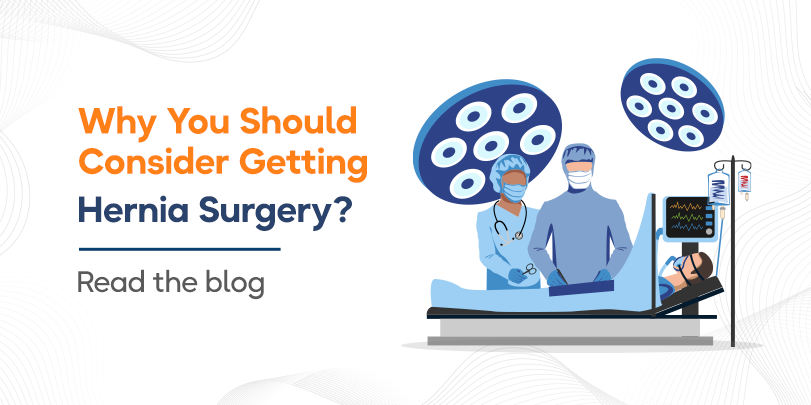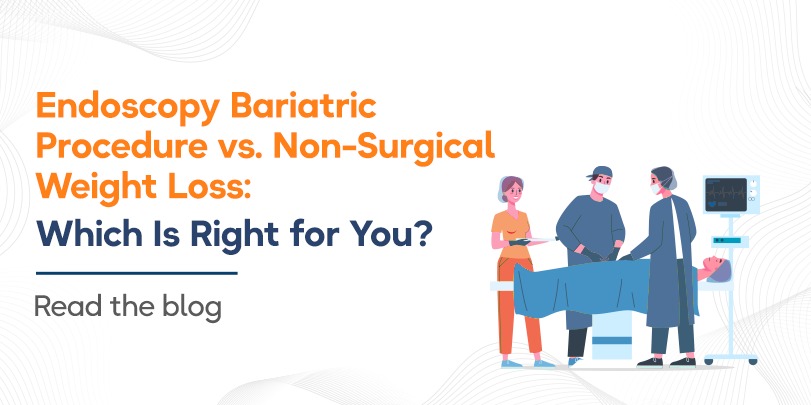Let’s talk about hip replacement surgery, a procedure that can help alleviate the pain and discomfort caused by hip arthritis. The good news is that hip replacement surgery can improve mobility and restore quality of life. However, the recovery process can be challenging and requires patience and dedication. So, how can you ensure a smooth and successful recovery?
Preparing yourself mentally and physically before the surgery can help recovery following it. Talk to us, learn about the procedure, and follow the instructions given by your team of doctors at Radiance Your recovery depends on it. Hospitals to ensure that you are in the best possible condition for the surgery. After the surgery, follow a rehabilitation program tailored to your specific needs, work with a physical therapist, take your pain medication as prescribed, maintain a healthy diet, and avoid activities that might strain your artificial hip joint.
Recovering from joint replacement surgery takes time and patience, but with the right mindset and approach, you can regain mobility and improve your quality of life. So, take care of yourself, stay positive, and before you know it, you’ll be up and moving again!
Prepare Yourself Mentally and Physically for a Successful Total Hip Replacement Recovery
Hip replacement surgery is a significant procedure that can be both physically and emotionally challenging. It is important to prepare yourself mentally and physically for your long-term health and mobility. This means educating yourself about the procedure, following pre-surgery instructions from your doctor, and taking steps to improve your overall health and well-being.
Mental preparation can help you cope with the stress and uncertainty of surgery. It is important to talk to your doctor about any concerns and learn as much as possible about the procedure. You can also seek support from family, friends, or a therapist. Additionally, staying positive and maintaining a hopeful outlook can help you through the recovery process. Physical preparation involves improving your overall health and fitness. This may include quitting smoking, losing weight, and engaging in low-impact exercises to improve strength and flexibility.
Follow a Tailored Rehabilitation Program and Undergo Physical Therapy
Following a tailored rehabilitation program after a hip replacement surgery is crucial to speed up recovery and regain mobility. The goal of rehabilitation is to help you regain strength, flexibility, and range of motion in your hip joint. An orthopedic therapist will work with you to develop a program tailored to your needs, abilities, and goals.
Rehabilitation may involve a combination of exercises, stretches, and other therapies, such as massage and ultrasound. These techniques can help reduce pain and inflammation, improve circulation, and promote healing. It is important to follow the program consistently and to be patient, as recovery can take several months. By working closely with your therapist and following the program diligently, you can decrease your recovery period and return to normal activities.
Take Pain Medication as Prescribed for a Smooth Recovery
Most of our hip replacement patients find that after joint replacement surgery – whether it is hip or knee replacement, pain management is crucial for a healthy and smooth recovery. Your orthopaedic doctor will prescribe medication to help manage pain, and it is important to take it as prescribed. This will help you manage any discomfort or pain you may experience during the recovery program, allowing you to focus on rehabilitation and getting back to normal activities.
It is important to communicate with your doctor about any pain or discomfort you are experiencing, as they can adjust your medication or suggest alternative therapies if needed. In addition to pain medication, there are other techniques that can help manage pain, such as ice or heat therapy, massage, and acupuncture. By taking pain medication as prescribed and exploring other pain management techniques, you can ensure a smoother and more comfortable recovery phase.
Maintain a Healthy Diet Even After You Leave the Hospital
Maintaining a healthy diet during your recovery is also important after you leave. A balanced diet can help promote healing, reduce inflammation, and improve overall health. Eating a diet rich in whole foods, such as fruits, vegetables, lean proteins, and whole grains, can help provide your body with the nutrients it needs to recover from surgery.
Additionally, certain foods can help promote healing and reduce inflammation, such as foods high in omega-3 fatty acids, like fatty fish, nuts, and seeds, as well as foods high in antioxidants, like berries, leafy greens, and dark chocolate. It is important to talk to your doctor or a registered dietitian about any dietary restrictions or guidelines following your surgery. By maintaining a healthy diet after you leave the hospital, you can support your recovery and improve your overall health and well-being. Weeks of your recovery can be shortened if you ask all your questions about total hip surgery.
Staying hydrated by drinking plenty of water throughout the day is also important. Dehydration can slow down the healing process and increase the risk of complications. Additionally, it is important to avoid foods and beverages that can hinder healing, such as processed foods, sugary drinks, and alcohol. By making healthy food choices and staying hydrated, you can support your body’s natural healing process and help ensure a smooth and lower recovery time.
Avoid Activities That Strain Your Hip Joint to Help Speed Up Recovery
One of the most important tips for a successful total joint replacement we can give you is to take care of your daily activities. Your new hip prosthesis is open to hip pain due to blood clots or stoppages of blood flow if precautions given by your orthopedic surgeon at Radiance Hospitals aren’t followed. Moreover, you’re carrying extra weight which hinders speedy recovery. Your hip and knee often depend on it. After total hip replacement surgery, it is important to avoid activities that put too much strain on your new hip. This can help prevent complications and promote healing. Your doctor or therapist will provide specific guidelines and restrictions based on your needs and progress. Generally, it is important to avoid high-impact activities, such as running or jumping, as well as activities that require twisting or pivoting, like tennis or basketball. These activities can put too much stress on your new hip joint and increase the risk of dislocation or other complications.
Instead, focus on low-impact activities that are gentle on your hip as it heals, such as walking, swimming, or cycling. These activities can help improve your flexibility, strength, and mobility, without putting too much strain on your hip. You can gradually increase the intensity and duration of your activities as your recovery progresses, but it is important to listen to your body and avoid any activities that cause pain or discomfort. By avoiding activities that strain your hip and focusing on low-impact exercises, you can help speed up your recovery and improve your overall health and well-being.
Hip replacement surgery may relieve hip arthritis pain, but recovery is challenging and requires preparation, rehabilitation, pain management, a healthy diet, and avoiding hip-joint straining activities. Work closely with your doctor and therapist to increase your chances of a successful recovery and return to an active lifestyle. It takes time and patience, but with the right approach, you can regain mobility and improve your quality of life.
Read More – Arthroscopy Surgery: A Comprehensive Guide for Patients

